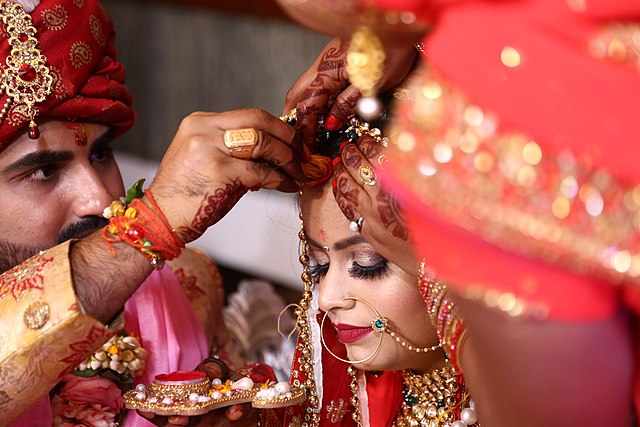Sneha Arora
The author is a first-year student of HP NLU Shimla.

In December 2021, the Modi government proposed to raise the legal age of marriage for Indian women from 18 to 21 years in order to contribute to women’s empowerment. In addition to the proposal being approved by the Union Cabinet, a bill to amend the Prohibition of Child Marriage Act (PCMA), 2006, has also been introduced in Parliament.
The Sarda Act of 1929, had established the minimum age for marriage in India for the first time. It was later renamed as the Child Marriage Restraint Act of 1929 (CMRA). The law was amended in 1978 to raise the minimum marriage age to 18 years for girls and 21 years for boys. Though re-amended, its position is maintained even in the new Prohibition of Child Marriages Act (PCMA), 2006, which has replaced the CMRA, 1939.
Currently, the legal minimum age for women to marry is 18, while the corresponding age for men is 21yrs. The decision to change even the former’s age to 21 was made on the advice of a four-member task force led by Jaya Jaitly, the former chief of the Samata Party in December. The task force was formed to re-examine marriage age and its relationship with health and social indices such as infant and maternal mortality, and nutrition levels among mothers and children. A bill to formalize this legal change was presented in Lok Sabha on December 21. However, due to opposition from opposition parties, it was referred to a parliamentary panel for further review.
Proponents of the proposal argue that article 15 of the Indian Constitution prohibits discrimination on the basis of sex, religion and place of birth among others and the new bill will only greatly enforce gender equality. Another contention is that it will help in lowering maternal mortality rate and infant mortality rate, positively affecting nutrition levels as well. Thirdly, it will allow the mother and father to step into parenthood with maturity. Lastly, it’ll carry forward the idea of population control, financial independence for women as well as their empowerment and will also project the principle of gender neutrality by bringing the marital age of women at par with men.
On the other hand, however, opponents of the change argue that the bill only addresses the consequences and not the root causes of why young girls are married off at such a tender age. They argue that a variety of factors, including profound gender equality, financial insecurity, restrictive social norms, and a lack of quality education and employment opportunities, all contribute to the prevalence of early and forced marriages thereby portraying women’s infantilization.
According to government data of MOSPI 2019, the average age for women to marry is 22.1 years. This figure has gradually increased over time, indicating that women are already scripting change voluntarily. A study by the International Centre for Research on Women has found that girls out of school are 3.4 times more likely to be married or have their marriage already fixed than girls who are still in school. The State of the World Report by UNFPA, claims that in India, 51% of young women with no education and 47% of those with only a primary education had married by age 18 in 2021, compared to 29% of young women with a secondary education and 4% with postsecondary education.
After analyzing the above-mentioned reports, it is apparent that while the law seeks to counter the widespread effects of sexism and control the damage it wreaks on young women, it doesn’t directly address the actual causes and factors contributing to them. If focus is given to the enhancement of education for girls, conduction of countless awareness programmes on the importance of education in communities with low female education rates, and sensitization, young students will understand the role they play in society as a whole and learn to efficiently get rid of the virus that still leaves and breathes in the form of Gender Discrimination in our country.
If the main purpose of this proposed legislation is to bring gender neutrality and support women empowerment, the government should instead increase women’s reservation in the legislature, promise them basic universal income, encourage their education, focus on uprooting the very roots of inequality and make safe provisions for them to enter the job market. Passing this law alone will not address the real issue we have in hand here- that of a prevalent orthodox mentality.
Laws alone do not have the power to change the world. They must be accompanied with education, awareness and active action. Only then will they successfully make a difference.
Citation
https://www.drishtiias.com/daily-news-editorials/raising-legal-age-for-marriage

